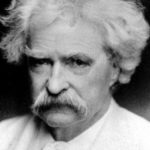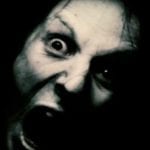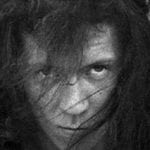 Mysteries
Mysteries  Mysteries
Mysteries  History
History 10 Surprising Stories About the Texas Rangers
 Humans
Humans 10 Philosophers Who Were Driven Mad by Their Own Theories
 Miscellaneous
Miscellaneous 10 Video-Game-Worthy Weapons and Armors from History
 Weird Stuff
Weird Stuff 10 Psychics Who Accurately Predicted Wartime Events
 The Arts
The Arts 10 Pieces of Art Inspired by a Broken Heart
 Health
Health 10 Science Fiction-Sounding New Medical Treatments
 History
History 10 Surprising Facts About the Father of Submarine Warfare
 Space
Space Ten Astonishing New Insights into Alien Worlds
 Weird Stuff
Weird Stuff 10 Bizarre Summer Solstice Rituals Still Practiced Today
 Mysteries
Mysteries Top 10 Haunting Facts About the Ghost Ship MV Alta
 History
History 10 Surprising Stories About the Texas Rangers
 Humans
Humans 10 Philosophers Who Were Driven Mad by Their Own Theories
Who's Behind Listverse?

Jamie Frater
Head Editor
Jamie founded Listverse due to an insatiable desire to share fascinating, obscure, and bizarre facts. He has been a guest speaker on numerous national radio and television stations and is a five time published author.
More About Us Miscellaneous
Miscellaneous 10 Video-Game-Worthy Weapons and Armors from History
 Weird Stuff
Weird Stuff 10 Psychics Who Accurately Predicted Wartime Events
 The Arts
The Arts 10 Pieces of Art Inspired by a Broken Heart
 Health
Health 10 Science Fiction-Sounding New Medical Treatments
 History
History 10 Surprising Facts About the Father of Submarine Warfare
 Space
Space Ten Astonishing New Insights into Alien Worlds
 Weird Stuff
Weird Stuff 10 Bizarre Summer Solstice Rituals Still Practiced Today
Top 10 American Serial Killers Who Predated The 20th Century
The true crime genre has become one of the most popular and prolific categories in today’s media landscape. Many people find themselves drawn to the more violent and sinister side of society. They revel in both fascination and disgust at the real events that are thankfully so foreign to their everyday lives.
While we may all be acquainted with the horrors committed by the likes of Ted Bundy, Jeffrey Dahmer, and John Wayne Gacy, serial killers aren’t a recent occurrence. They have been around since the dawn of humanity.
The United States especially has had its fair share of homicidal psychopaths who willed harm upon their fellow humans. Here are 10 serial killers who committed their crimes before the turn of the 20th century.
Top 10 American Serial Killers
10 Samuel Mason
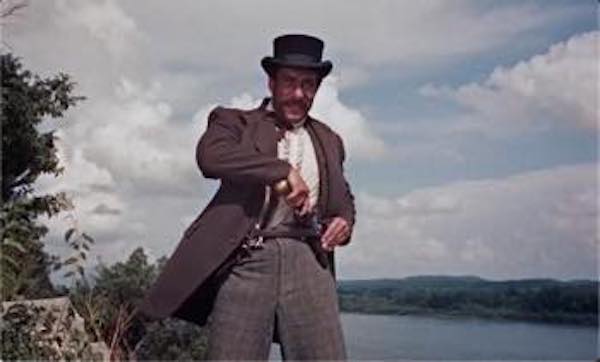
Years Active: 1797–1803
Victims: 20 confirmed, probably more.
Samuel Mason was originally a militia captain in Virginia during the American Revolution. After the war, he fell into debt, lost his farm, and spitefully took on a life of crime as the leader of a band of river pirates known as the Mason Gang.
He terrorized the Red Banks region along the Ohio River. First, he attracted travelers to a campsite near the bend of the river. If they had anything valuable, Mason waited until the next morning to steal from them as they packed up. Usually, he killed them.
By 1802, Mason’s exploits had garnered him a $2,000 bounty on his head and countless volunteers hunting him. He was eventually arrested by Spanish government officials in southeastern Missouri. They discovered nearly $7,000 worth of various currencies and 20 human scalps in Mason’s possession.
Before he could be hanged for his crimes, he escaped custody and fled to the safety of his gang. However, temptation proved to be more valuable than loyalty. Two of Mason’s friends murdered him and brought his severed head to authorities to try to collect the reward. They were both recognized as members of his gang and were instead hanged in 1804.[1]
9 Patty Cannon
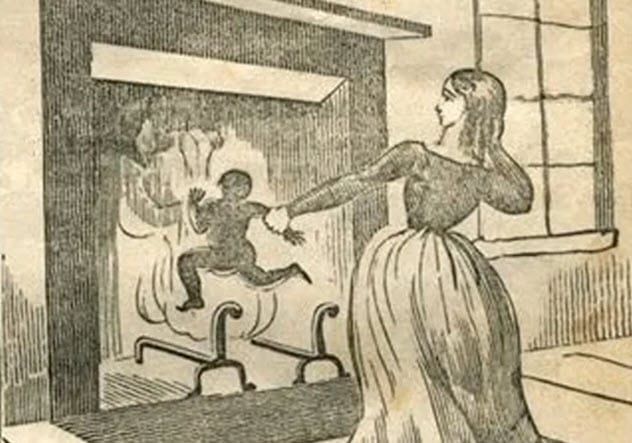
Years Active: 1820–1829
Victims: 4–11
Patty Cannon was the leader of a group of slave catchers that would purposely head into areas with freed African Americans, kidnap them, and sell them back into slavery under the pretense that they were “runaway slaves.” In this capacity, she grew extremely cruel and took a liking to torturing people.
After a dispute over proper payment for slaves, Cannon and her sons murdered a group of slavers whom they felt owed them more money than they had received. Shortly after this, Cannon and her gang were arrested and tried for murder as well as their crimes of capturing freed African Americans.
Cannon is thought to have killed at least four people herself. But she was certainly involved in the deaths of many more, just not by her own hands.[2]
8 Samuel Green

Years Active: 1817–1821
Victims: 2–10+
Samuel Green was the product of a rough upbringing. He was sent to live with a family friend, who would beat Green for any type of misdeed. He began to take out his anger on living creatures, stabbing farm animals and even drowning his pet dog in a well. These acts caused his caretaker to further discipline Green in the form of a whipping so intense that it flayed the skin from his back.
Having gone broke only a few years after living on his own, he decided to go on a crime spree all around New England. He broke into homes, clubbing to death anyone unfortunate enough to be present during his burglary. After a years-long spree of theft, rape, and murder, he gained the moniker of “public enemy number one”—the first in the country’s history. He was finally arrested in Danvers, Massachusetts, and charged with burglary.
He was sent to a Boston prison, but his acts of violence weren’t over. He tried to escape multiple times but was continuously thwarted. In one such instance, an inmate told guards of Green’s plans. When Green found out about this betrayal, he cornered the inmate in the prison workshop and beat him to death with an iron bar.
Samuel Green was eventually sentenced to death for his countless murders. He was executed by way of the gallows on April 25, 1822. (Some sources say April 24, 1822.)[3]
7 Edward Rulloff

Years Active: 1844–1870
Victims: 3–5
Edward Rulloff certainly fits the modern idea of the “sophisticated” serial killer. He was a man of higher education whose ego and thirst for control drove his actions. By the time he moved to Dryden, New York, to study botanical medicine, he’d already had a brush with the law in his native Canada, where he had served two years in prison for embezzlement.
In New York, he met his future wife, a 17-year-old cousin of his professor, and the two married. It was quickly realized that Rulloff was a manipulative, sadistic, and jealous man.
Despite this, the two eventually had a daughter. Less than a year later, Rulloff’s wife and daughter disappeared without a trace. Around the time of their disappearance, Rulloff was seen driving a wagon with a trunk in the back to a nearby lake.
Eventually, he was arrested. But without any bodies that could be produced as evidence, he was only charged with kidnapping and sentenced to 10 years in prison.
He was later informed that he would be tried for the murder of his wife and daughter. After some legal back-and-forth as to whether it was double jeopardy to try him again, Rulloff decided to simply escape from prison. He changed his name, eventually moved to another part of New York, and turned to petty crime.
He was finally caught after a botched robbery in Binghamton, New York, in which he killed an employee of the store. After his arrest, Rulloff’s identity was discovered. Following a highly publicized trial, he was hanged in 1871. Although some sources say that Rulloff was the last person executed by hanging in New York State, that honor goes to John Greenwall, who died in 1889.[4]
6 Thomas D. Carr

Years Active: Mid-1860s–1869
Victims: 1–15
Thomas Carr was born in West Virginia in 1846. At age 15, he enlisted in the Union Army during the Civil War to escape his abusive father.
While working as a coal miner in Ohio in 1869, Carr began to court a 13-year-old local girl named Louiza Fox (aka Louisa Fox). Although Carr was 10 years older than Louiza, her parents initially agreed to Carr’s proposal of courtship. Then they began to hear stories of Carr’s history of violent outbursts and mood swings.
When Carr heard that the engagement was to be called off, he waited for Louiza as she walked home. Carr approached the young girl, kissed her on the lips, and then slashed her throat with a straight razor. Following this, he returned to his home and attempted to kill himself.
Unable to do so, he was arrested the next day. While in custody, he confessed to murdering Louiza and another 14 men earlier in his life. Carr was executed by hanging on March 24, 1870.[5]
10 Serial Killers Caught Because Of The Smallest Errors
5 Lydia Sherman
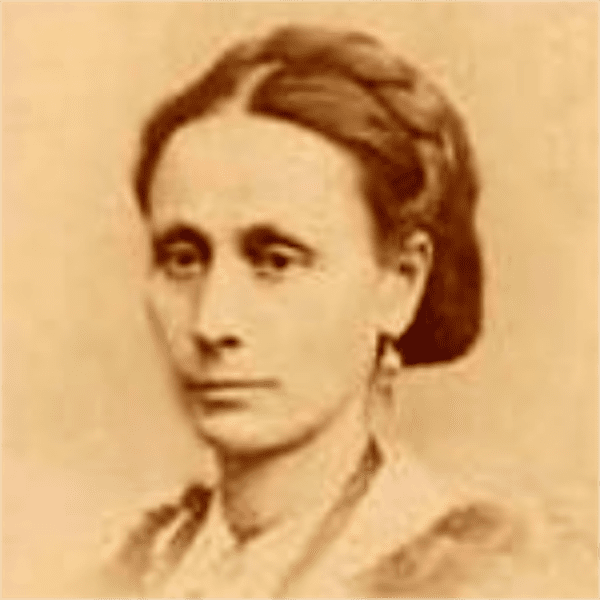
Years Active: 1864–1871
Victims: 11
Lydia Sherman worked as a housekeeper and caregiver for most of her life. Although she hid behind an innocent and motherly demeanor, she was anything but. Lydia had a habit of marrying men, getting their wills changed in her favor, and then inheriting their money after they mysteriously fell ill and died.
Her first marriage resulted in the deaths of her husband and their six children, all of whom perished from unknown illnesses (attributed at the time to typhoid fever). The deceased were later found to be victims of arsenic poisoning.
Her second marriage ended in the death of only her husband, an elderly farmer and fisherman with a considerable amount of wealth. Her final marriage resulted in the deaths of her husband and his two children from another marriage. In her confession, she revealed that her final husband’s death was accidental and that she had only meant to poison her stepchildren.
Lydia escaped from prison but was caught less than a year later. Only months after her recapture, she fell severely ill. Lydia Sherman died in prison on May 16, 1878.[6]
4 Jesse Pomeroy

Years Active: 1871–1874
Victims: 2
Jesse Pomeroy was born in 1859 in Charlestown, Massachusetts. From a young age, he was bullied due to a deficiency in his right eye. It caused a white film to cover his pupil entirely and repulsed many people who met him. As a result, Pomeroy was bullied incessantly. In turn, he began to bully and torture those around him who were smaller or weaker than he was.
In 1872, he and his family moved to South Boston. Two years later, he murdered a four-year-old boy and left his mutilated body in a marsh in Dorchester Bay. Authorities linked Pomeroy to the murder by tracks left near the body that matched perfectly with a pair of his boots. Once caught, he provided a full confession. He even admitted to murdering a 10-year-old girl the previous March and burying her under an ash pile.
Pomeroy was found guilty and sentenced to death. At the time, the governor of Massachusetts refused to sign off on his death warrant as Pomeroy was only 14. He spent the next 58 years of his life in prison until his death in 1932 at age 72.[7]
3 Stephen Dee Richards

Years Active: 1876–1878
Victims: 9
Eventually known as the “Nebraska Fiend,” Stephen Dee Richards was born in West Virginia around 1856. Although he once said that he was born in 1836, he appeared to be in his early twenties when he died in 1879. Most estimates put his date of birth in the mid-1850s. He spent much of his youth in Ohio.
Richards lived a relatively uneventful life until taking a job at the Iowa Lunatic Asylum in Mount Pleasant. There, he lost most of his empathy for humanity after he was assigned to work in one of the most violent wards at the hospital.
Richards began to travel in the Midwest. In 1878, he entered talks with a mother of three with the intent to purchase her property in Nebraska. Before the sale was finalized, he decided to kill the whole family and bury them in a mass grave. About a month later, he also killed a neighbor with a hammer.
Soon after, Richards was caught. He confessed to these murders as well as an additional four from the previous two years. He rejected legal counsel and was sentenced to be hanged in 1879.
Just prior to his execution, a reporter interviewed Richards. This provided the public with much of the insight into his twisted mind that is available today.[8]
2 Carl Feigenbaum
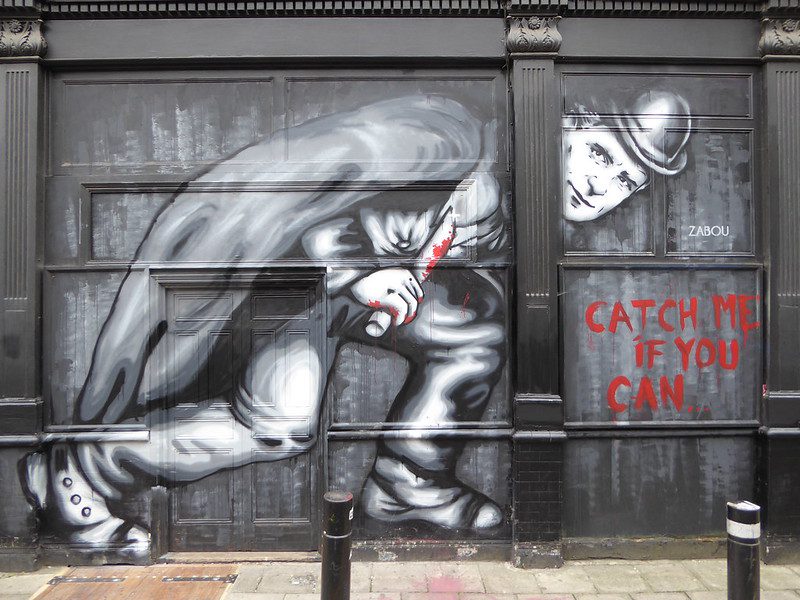
Years Active: 1888?–1894
Victims: 1 confirmed, most likely more.
Carl Feigenbaum is an interesting case. He was not an American-born killer. Instead, he was a German-born sailor. It was in the United States, however, that he was tried and convicted of murdering his landlord. He is relevant in the annals of history because he is suspected of being one of the most notorious serial killers of all time: Jack the Ripper.
The first person to suggest this was his lawyer. After Feigenbaum’s execution in 1896, his lawyer said that Feigenbaum had confessed to committing the famous crimes in London. In recent years, the theory of the Ripper having been a merchant or sailor has gained traction. It provides an explanation as to why he was never caught and why the killings stopped so suddenly.
Whether Feigenbaum was Jack the Ripper is up for debate. But according to his lawyers and the police who apprehended Feigenbaum, it’s likely that he had murdered more victims in other countries. However, it would be nearly impossible to connect Feigenbaum to those crimes.[9]
1 H.H. Holmes
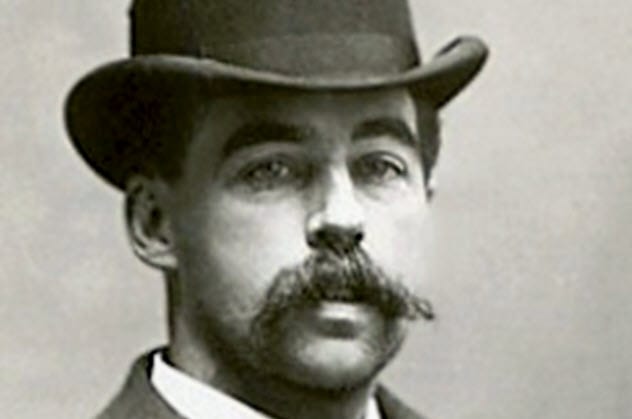
Years Active: 1891–1894
Victims: 9–27
H.H. Holmes was a con artist and fraud who eventually transitioned to a murderer around the early 1890s. He was extremely good at manipulating and tricking people into trusting him and lending him whatever he needed to pull off his latest con.
In 1886, he moved to Chicago to become a pharmacist under the name “H.H. Holmes.” (He used a pseudonym because his real name, Herman Mudgett, was much less catchy.)
He didn’t commit murder due to a desire to kill. Rather, he did it for money. Besides seducing women, gaining access to their assets, and then killing them, Holmes took out life insurance policies on some of his employees and collected the money after they met an “untimely demise.”
The most famous aspect of his murders was his so-called “Murder Castle.” Holmes claimed to be constructing it for use as a hotel during the 1893 World’s Columbian Exposition in Chicago.
The upstairs was a maze of rooms and hallways. Some went nowhere. However, certain rooms had chutes that led to the basement where the bodies of his victims were cut up and disposed of in various ways (including in vats of acid).
Holmes was finally caught and eventually hanged in 1896. He was officially linked to only nine murders throughout his career, but no one knows exactly how many victims died in the hotel. Some estimates say around 27, but it’s likely that the number of victims was much higher.[10]
10 Terrifying Serial Killers You’ve Never Heard Of—But Should Have
About The Author: Dylan Hallett is a journalism major at the University of Maine. He has a devout interest in subjects such as film, history, and crime.
